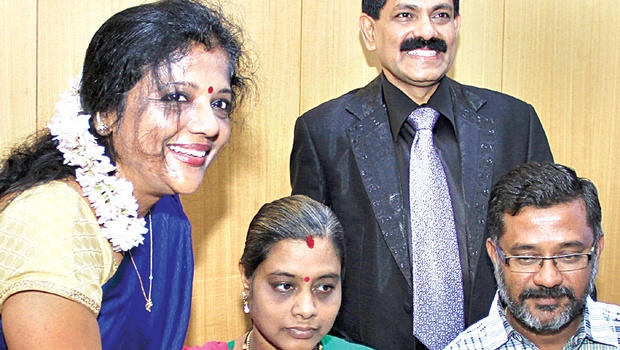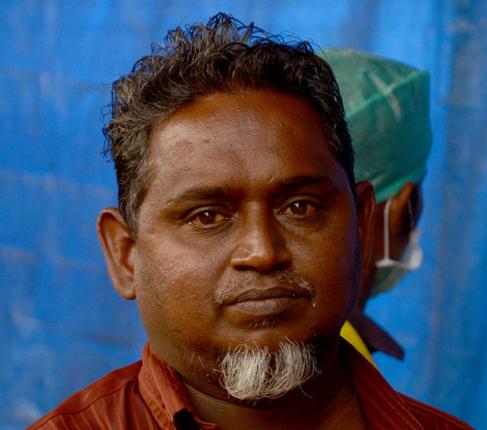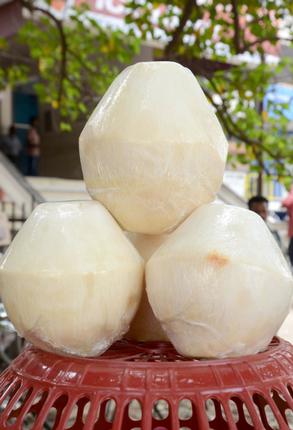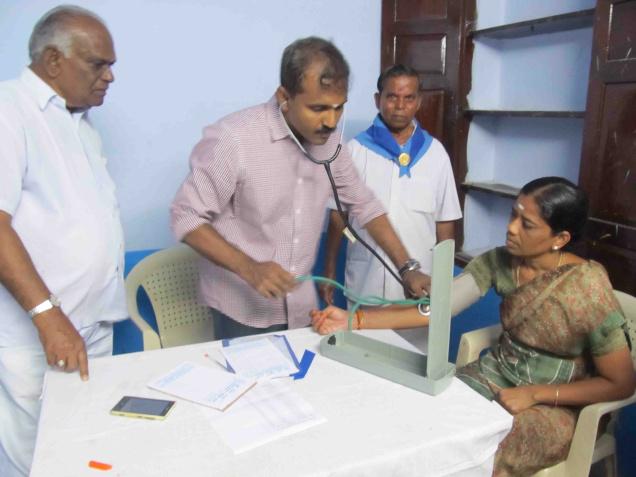Chennai :
Parents of two-year-old Guhan and five-year-old Beninal had only one dream – to hear them talk in their lifetime. The children, hailing from two poor families, were born deaf, and hence couldn’t speak too. While Guhan’s father was a farmer in Thanjavur district, Beninal’s was a house painter in Aranthangi in Pudukottai. Both, struggling to make ends meet, couldn’t afford the huge treatment costs.
The state government’s health insurance scheme came to their rescue. A team of city doctors performed complex surgeries, which involved implanting the hearing device , on the children, who are now on the path to recovery. The surgeries that cost 18.25 lakh for each child were performed free of cost, making these the most expensive surgeries the government has ever paid for.
Guhan and Beninal were both deaf since birth. While 99% of children with deafness can be treated with a cochlear implant, these two fell in the 1% bracket as they were born without a cochlea. “So we had to perform a surgery and implant the hearing device directly in the brain, which makes this procedure complex ,” said Dr Mohan Kameshwaran of Madras ENT Research Foundation, who performed the surgery.
Explaining the procedure, Dr M C Vasudevan, a neurosurgeon from Voluntary Health Services, said, “It involves opening the skull and planting the chip in the brainstem. It is a critical procedure as the brainstem has the nerves responsible for all the vital activities of the body.” The chip bypasses the absent cochlea and directly stimulates the hearing nerves that are present in the brain. Once the wound heals, an external device is fitted three months after the surgery. The children would also be made to undergo rehabilitation to gain speech, the doctor said.
The procedure which took more than five hours was performed jointly by ENT and neurosurgery teams. “TN has the highest deafness rate with 6 in 1,000 children born with hearing loss. The main reason for this is consanguineous marriage.” said Dr Kameshwaran.
source: http://www.timesofindia.indiatimes.com / The Times of India / Home> City> Chennai / TNN / December 03rd, 2014




